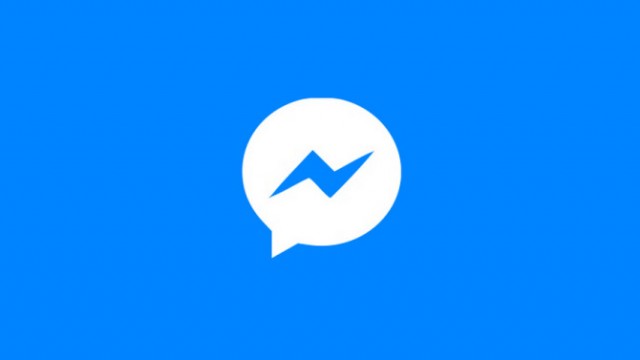Facebook’s newly debuted Messenger Platform 2.1 features built-in Natural Language Processing (NLP), provided by Wit.ai, a company acquired by Facebook in 2015. NLP has been available to app developers since the acquisition, but Messenger 2.1 is the first time it is a built-in feature. The built-in NLP currently detects common phrases (“hello,” “bye,” and “thanks”) as well as date/time, location, phone number, email and amount of money, all of which trigger an automated response from the bot.
VentureBeat reports that Messenger Platform 2.1 also includes “a payments SDK, and a global beta that makes it easier to switch between automated bots and the humans behind 70 million businesses on Facebook.” On its blog, Facebook wrote that the built-in NLP feature is “the first step in bringing NLP capabilities to all developers, enabling brands to scale their experiences on Messenger.” Wit.ai will also “discontinue its Bot Engine for NLP.”
“We have more and more natural language interactions inside of Messenger and we want to help third party developers, existing enterprise and customer support, and service centers automate a lot of those interactions,” said Messenger head David Marcus.
“And a big, big requirement to automation is understanding what people are asking … we have built-in NLP inside of the Send/Receive API that developers here are using, which means that you will get from the API the intent extraction that you need to automate responses,” he explained. “It’s a little geeky, but it actually will enable automation at scale.”
According to Marcus, “automation at scale will lead to more interactions at scale on the Messenger Platform and more brands coming to the platform.”
Facebook also launched an SDK, only available in the U.S., for Messenger Platform 2.1 that will “enable payments in Messenger webview,” and is “part of the payments beta that launched last fall.” Available as an open beta worldwide is a “handover protocol that can transfer a conversation from an automated bot to a human,” that allows “a bot to handle things like customer onboarding, audience segmentation, or answering mundane FAQs, then bring a human in later in the process or when a customer gets stuck.”


No Comments Yet
You can be the first to comment!
Sorry, comments for this entry are closed at this time.